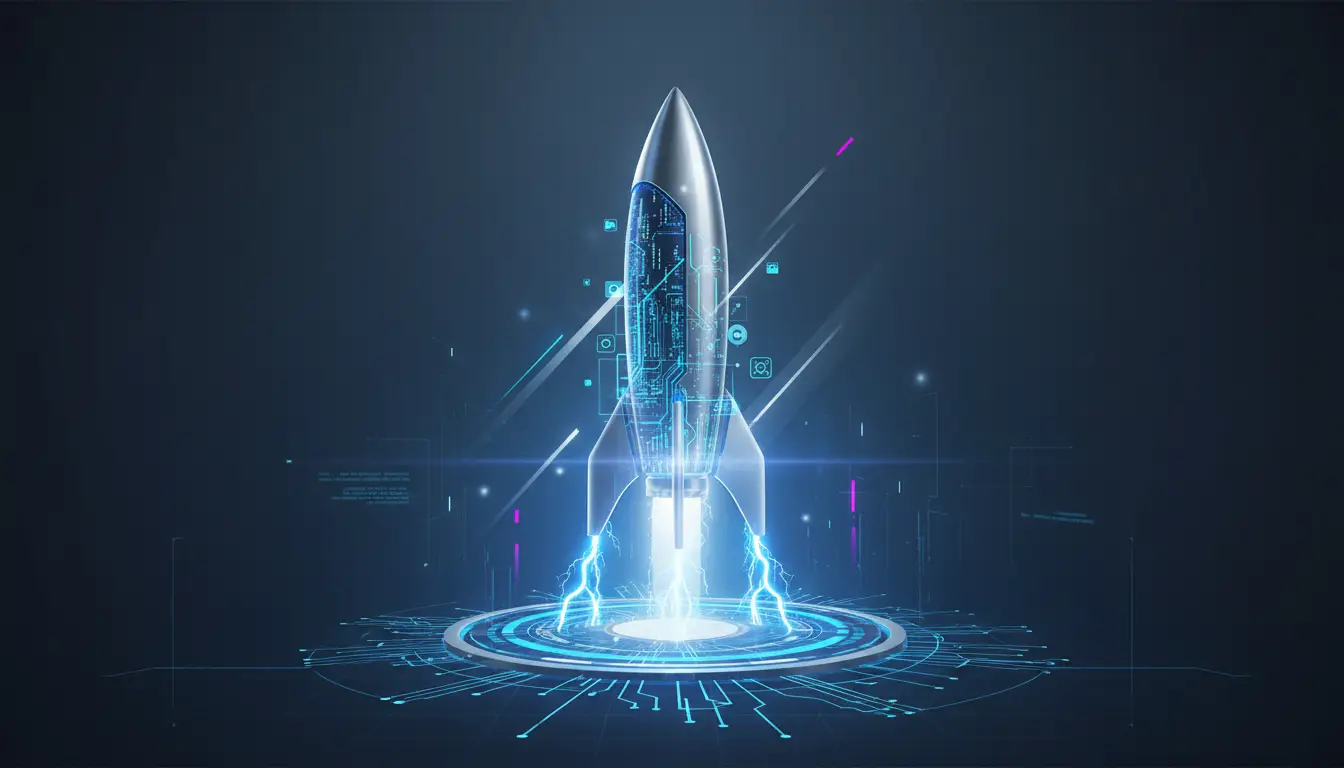
Let’s be honest: we’ve all clicked away from a website because it was taking too long to load. In today’s fast-paced world, a slow website is a death sentence. It frustrates visitors, hurts your credibility, and causes you to rank lower on Google.
On many platforms, achieving a fast site requires a constant battle with caching plugins, image compressors, and expensive optimization services. With Astropress, it’s different. Performance isn’t an afterthought; it’s the foundation everything is built on.
This guide will take you behind the scenes and show you why your Astropress site is so fast, right out of the box.
The Core Philosophy: Shipping Less is More
Astropress is built on a modern framework called Astro, which has one simple goal: send the least amount of code possible to your user’s browser.
Here’s an analogy:
- Most platforms are like ordering a flat-pack furniture kit. They send your visitor a box of parts (heavy scripts, plugins, database calls) and make their phone or computer do the hard work of assembling the webpage. This process is slow and inefficient.
- Astropress is like ordering a beautiful, fully-assembled chair. The webpage is already built and ready to go before the visitor even arrives. When they click your link, the finished page is delivered instantly.
This fundamental difference is the secret to Astropress’s incredible speed. Let’s look at the specific features that make this happen.
Feature 1: Automatic Image Optimization
Large, unoptimized images are the number one cause of slow websites. You could have the best content in the world, but if your images are too big, your page will feel sluggish.
Astropress solves this for you automatically. When you upload an image, Astropress’s built-in optimization system goes to work.
- Smart Resizing: It automatically creates multiple sizes of your image. A visitor on a phone will get a small, fast-loading version, while a visitor on a large desktop monitor will get a high-resolution version. Everyone gets the perfect size for their screen.
- Next-Gen Formats: It converts your images to modern, highly efficient formats like WebP. These formats can be 25-50% smaller than traditional JPEGs or PNGs with no loss in quality.
- Lazy Loading: Images below the fold (off-screen) don’t load until your reader scrolls down to them. This makes the initial page load lightning-fast, as the browser only has to load what’s immediately visible.
The Benefit to You: You just upload your images and forget about it. You never have to use a separate compression tool or worry about image sizes again. Your images will always be beautiful, crisp, and perfectly optimized for speed.
Feature 2: Intelligent Styling (No More “Flash” of Unstyled Content)
Have you ever visited a site where for a split second, you see a flash of plain, unstyled text before the colors and fonts pop in? This is a common problem caused by the browser having to fetch multiple CSS (styling) files.
Astropress uses an intelligent approach called “inlining.” It takes all the essential styling code needed for a page and bundles it directly into the page itself. This eliminates that awkward delay and ensures your site appears instantly, exactly as you designed it.
Feature 3: No Plugins, No Database, No Lag
This is where the Astropress architecture truly shines.
- No Heavy Plugins: On a traditional platform, every plugin you add (for SEO, for forms, for social sharing) adds more code and slows your site down. In Astropress, all those features are already built-in at the core level, designed to be lean and efficient.
- No Database Lag: When someone visits a database-driven site, the server has to perform a series of steps: wake up the database, find the right content, assemble the page, and then send it. This takes time.
As we covered in our security guide, your Astropress site has no database. Your pages are pre-built and stored as lightweight, static files. When a visitor arrives, the server doesn’t need to build anything—it just serves the finished page instantly.
Conclusion: Speed is a Feature, Not a Chore
With Astropress, you don’t have to work for a fast website. It’s the default. This isn’t just a technical detail; it has real-world benefits:
- Happier Visitors: A faster site leads to a better user experience, keeping people on your site longer.
- Better SEO: Google explicitly rewards fast websites with higher search rankings.
- Higher Conversions: A snappy, responsive site builds trust and leads to more clicks, sign-ups, and sales.
You can focus on creating amazing content, confident that the underlying technology is ensuring your work is delivered as fast as humanly possible.


